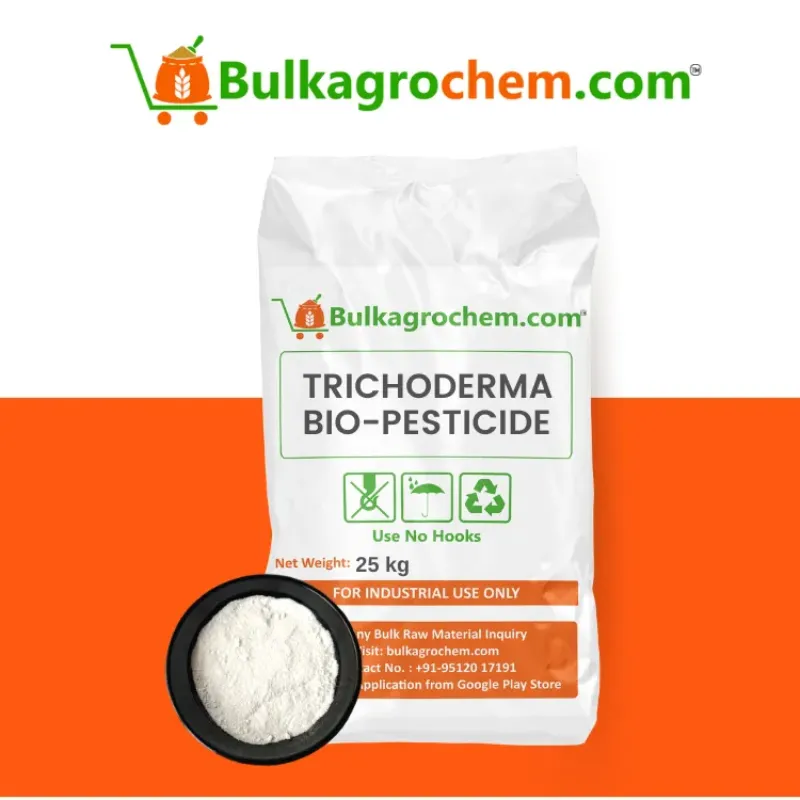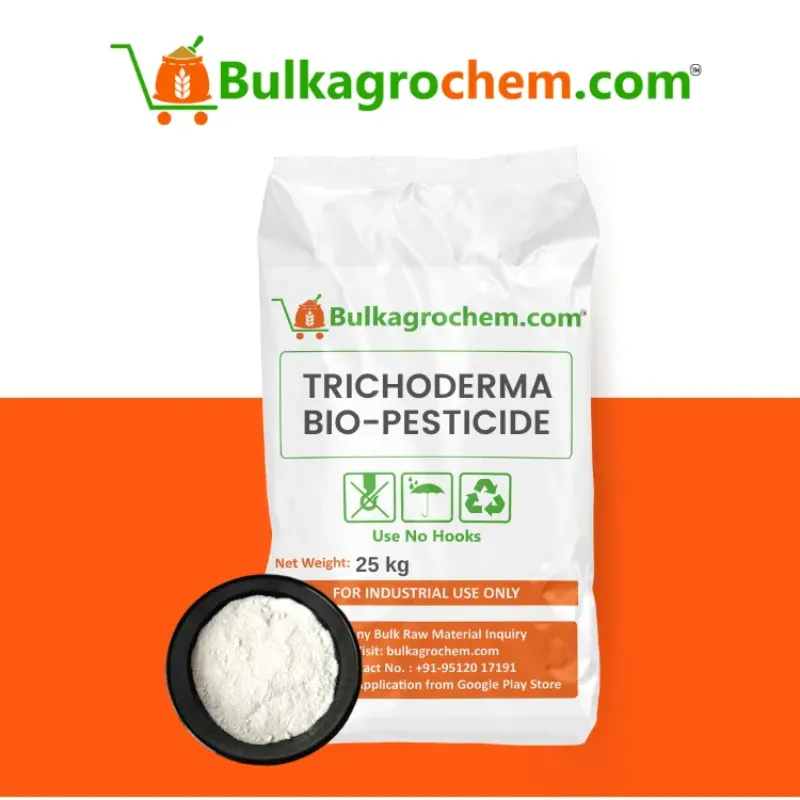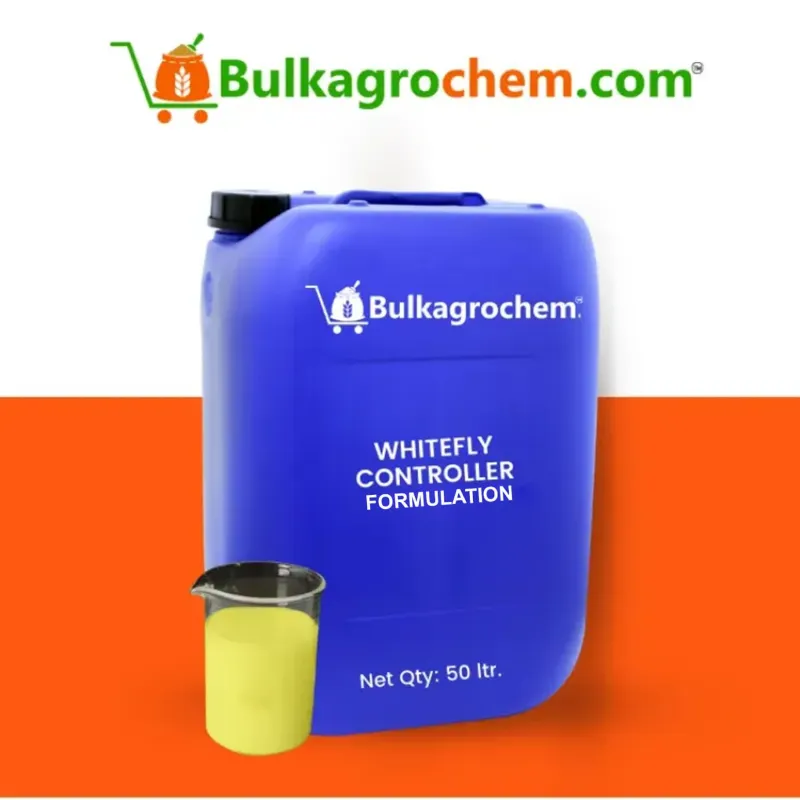Micronutrients:
Calcium, magnesium, zinc, and iron to support key processes like photosynthesis and enzyme function.
Natural Growth Hormones:
Cytokinins, auxins, and gibberellins, which promote cell division, root development, and overall plant vigor.
Because seaweed fertilizer is organic and contains no harsh chemicals, it’s gentle enough to use on almost any type of plant. Unlike some chemical fertilizers, it won’t burn plant roots or leaves if applied correctly, making it safe for a wide range of applications.
Seaweed Fertilizer for Vegetables
Vegetables benefit greatly from seaweed fertilizer, as the nutrients promote vigorous growth, higher yields, and improved resistance to diseases. Here’s why it’s particularly effective for vegetable gardens:
Improved Root Growth:
Seaweed encourages strong root systems, ensuring that your vegetables absorb nutrients and water efficiently.
Boosts Disease Resistance:
The natural compounds in seaweed help improve plants’ resilience to pests and diseases.
Faster Growth:
Seaweed contains growth hormones that accelerate vegetable growth, helping your garden reach its full potential.
Best Vegetables for Seaweed Fertilizer:
Tomatoes, peppers, leafy greens, beans, cucumbers, carrots, and root vegetables all respond well to seaweed fertilizer.
Seaweed Fertilizer for Flowers
Flowers, whether in a garden bed or container, benefit significantly from seaweed fertilizer. The nutrients support lush, healthy blooms and longerlasting flowers. Key benefits include:
Enhanced Flowering:
Seaweed’s natural hormones encourage earlier flowering and better flower set.
Vibrant Blooms:
The nutrient mix, especially trace elements like potassium and magnesium, leads to more vibrant and abundant flowers.
Improved Soil Quality:
Seaweed helps improve soil structure and moisture retention, benefiting flowers with higher nutrient availability and healthier root systems.
Best Flowers for Seaweed Fertilizer:
Roses, marigolds, petunias, daisies, geraniums, and perennials are excellent candidates for seaweed fertilizer.
Can I Use Seaweed Fertilizer on Other Plants?
Yes! Seaweed fertilizer is versatile and works on many other plant types, including:
1. Fruit Trees: Seaweed helps promote fruit set and improves fruit quality by boosting overall tree health and nutrient uptake.
2. Lawns: Seaweed promotes lush, green grass and helps maintain a healthy root system, improving drought tolerance.
3. Herbs: Seaweed fertilizer supports healthy growth in herbs like basil, cilantro, parsley, and mint, making them more flavorful and robust.
4. Houseplants: Indoor plants like ferns, spider plants, and succulents benefit from occasional seaweed fertilizer, which supports healthy leaves and root systems.
Are There Any Plants to Avoid?
While seaweed fertilizer is safe for most plants, some sensitive plants may require extra care or diluted applications. Here are a few considerations:
Sensitive Plants: Some delicate plants, such as orchids or certain tropical species, may need a diluted solution to avoid overfertilizing.
LowNutrient Lovers: Plants like succulents or cacti, which thrive in poor soil, might not need frequent feeding with seaweed fertilizer. Use it sparingly.
Seedlings: Young seedlings should also receive diluted seaweed fertilizer to avoid nutrient overload.
Always monitor how your plants respond and adjust the strength of the fertilizer accordingly.
How to Use Seaweed Fertilizer for Best Results
When applying seaweed fertilizer, it’s important to follow best practices to ensure that your plants get the right amount of nutrients.
1. Foliar Spray
Mix seaweed fertilizer with water at a ratio of about 1:10 (one part fertilizer to 10 parts water) and spray it directly onto the leaves. Plants can absorb nutrients through their leaves, making this method highly effective for quick results.
2. Soil Drench
Dilute the seaweed fertilizer and apply it directly to the soil around your plants. This allows the roots to absorb the nutrients gradually and over time, promoting longterm health.
3. Seed Soak
Soak seeds in a diluted seaweed solution before planting to promote better germination and stronger seedlings. Seaweed’s natural growth hormones can stimulate faster, healthier growth in the early stages of development.
How Often Should I Apply Seaweed Fertilizer?
For most plants, you can apply seaweed fertilizer every 2 to 4 weeks during the growing season. Be careful not to overfertilize, especially with concentrated solutions, as too many nutrients can overwhelm your plants.
Vegetables and Flowers: Every 24 weeks during the growing season.
Houseplants: Once a month or as needed.
Lawns and Fruit Trees: Apply every 46 weeks to maintain overall health and vitality.
Conclusion: Seaweed Fertilizer for All Types of Plants
Seaweed fertilizer is a versatile and highly effective way to nourish your plants, from vegetables and flowers to fruit trees and houseplants. Its gentle, nutrientrich formula promotes healthier growth, improves soil quality, and boosts plant resilience against stress. Whether you’re cultivating a vegetable garden, tending to a flower bed, or growing indoor plants, seaweed fertilizer can be an invaluable tool for improving plant health in an ecofriendly and sustainable way.





